COVID omicron boosters have arrived in Florida. Who can get a shot and where?
Newly updated Pfizer and Moderna COVID-19 boosters, built to target the dominant omicron variants in the country, are now available at many retail pharmacies and hospitals across Florida.
Pfizer’s updated booster is for people as young as 12 and Moderna’s is for people 18 and older. You need to get the initial two-dose primary COVID vaccine to get this booster.
What makes this booster different from the other boosters?
The COVID-19 vaccine and boosters people have received so far were created to target the original strain of the coronavirus that causes COVID. But the virus has mutated many times since it was first discovered.
The new bivalent vaccines, which the U.S. Food and Drug Administration calls “updated boosters,” were built to help protect against the original strain, as well as omicron BA.4 and BA.5, which are currently circulating in the U.S.
With the emergency-use authorization of the bivalent vaccines, the previous COVID boosters can now only be given to children who are too young for the new shots, according to STAT news.
Do you have questions about the new booster? Here are some answers:
Who can get the new COVID booster?
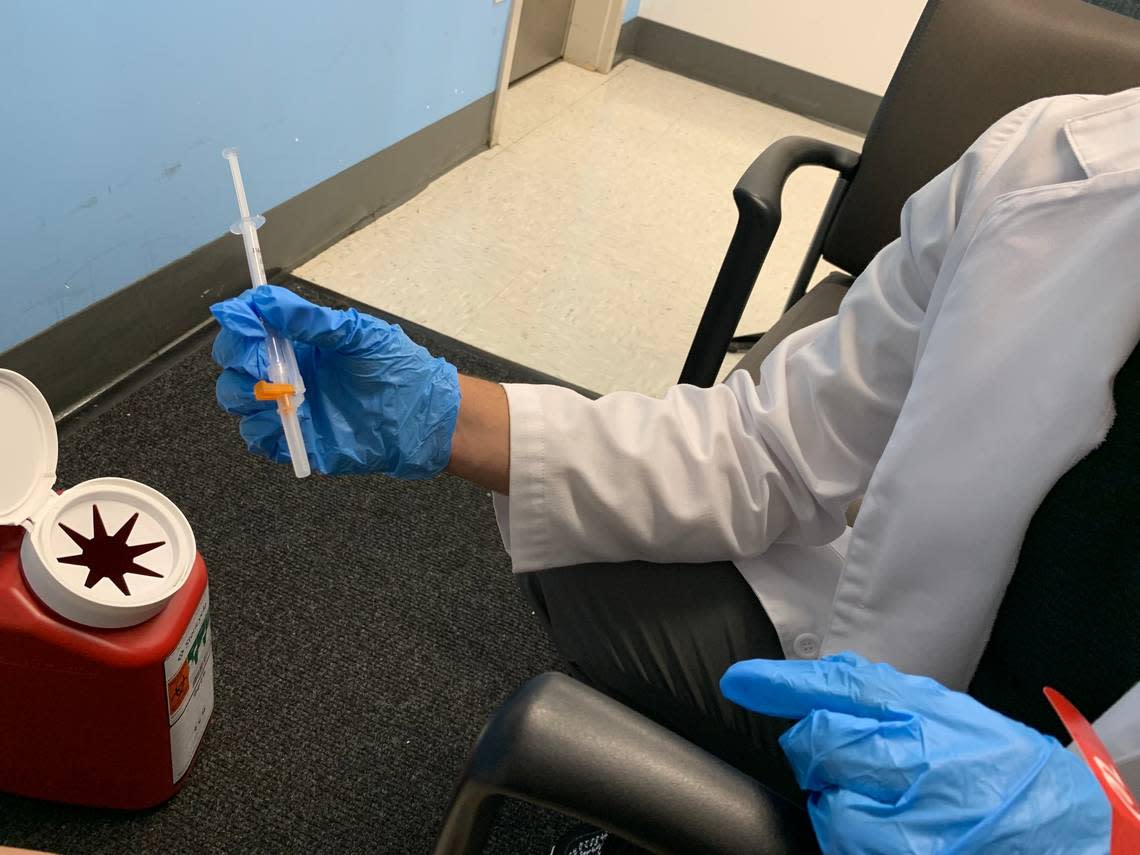
If you are 12 and older you are eligible to receive a single shot of Pfizer’s new booster doses at least two months after getting vaccinated or receiving a booster of a monovalent vaccine (the previous vaccines), according to the FDA.
Moderna’s updated booster follows the same guidelines, except you have to be 18 and older.
You have to have been initially vaccinated with either Johnson & Johnson’s single-dose vaccine or the two-dose mRNA series from Pfizer or Moderna to get the updated booster. If you only were to get the booster, the dosage is not adequate to provide ample protection. An updated COVID booster for younger kids could be available in the future.
READ MORE: What to know about Pfizer, Moderna’s modified vaccine doses
Are there side effects?
For some people, there may be side effects, according to the FDA. If you received previous COVID vaccines and the earlier boosters, you may know the morning-after blahs: arm pain at the injection site, fatigue, headache, muscle pain, joint pain, fever and chills and maybe swelling of the lymph nodes in the same arm of the injection.
The bivalent Moderna omicron vaccine, like its predecessors, has a slightly higher dose than Pfizer-BioNTech’s. That could yield slightly higher rates of side effects. But earlier studies on the original Moderna booster suggested that they also generated higher levels of antibodies compared to the Pfizer booster, according to Time.
Is the new COVID booster more effective?
The new COVID shots were given the OK by the U.S. Centers for Disease Control and Prevention and the FDA, which recently gave the shots emergency use authorization.
The reformulated shots were tested in mice, not humans, similar to how the annual flu vaccines are tested each year, according to CNN. This has raised questions on how effective the shots will be in the real world compared to the existing boosters, though both the CDC and FDA say the new shots will be safe and effective against COVID.
The FDA says the updated shots were authorized based on studies in mice and human data drawn from a bivalent booster authorized in the United Kingdom that targets the original omicron strain, according to CNN and STAT News. Human trials with the reformulated boosters are underway, CNN reports.
“The updated COVID-19 boosters are formulated to better protect against the most recently circulating COVID-19 variant. They can help restore protection that has waned since previous vaccination and were designed to provide broader protection against newer variants,” CDC Director Rochelle Walensky said in a statement on Sept. 1. “This recommendation followed a comprehensive scientific evaluation and robust scientific discussion. If you are eligible, there is no bad time to get your COVID-19 booster and I strongly encourage you to receive it.”
Where can I get the new booster and is it free?
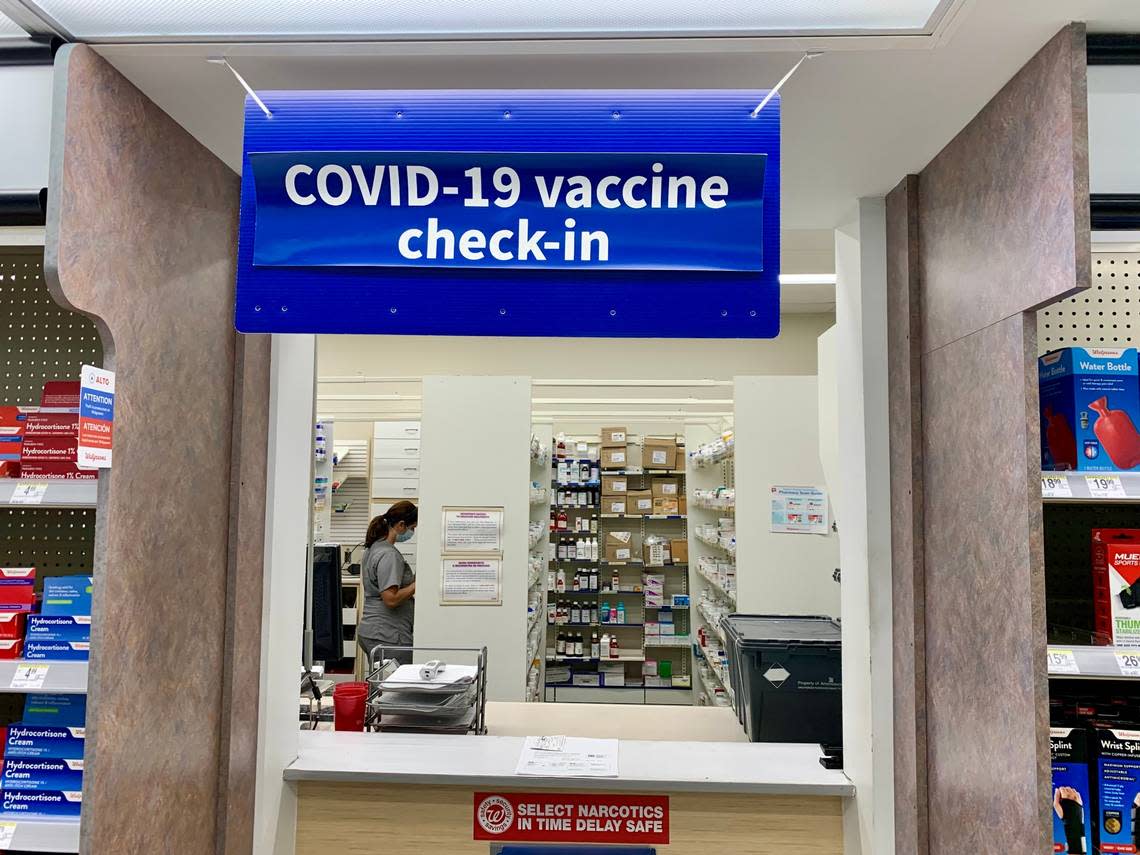
You should be able to get the new booster at retail pharmacies such as Publix, CVS, Walgreens, Walmart, Winn-Dixie and Fresco y Más. Some hospitals and doctor offices may also offer the shot.
Not all locations in Florida have supplies, so ask your pharmacy if they are accepting appointments for the updated booster, either Moderna or Pfizer, and whether you have to book online or can walk in. You can also use vaccines.gov to find a store near you that’s offering the updated booster.
And yes, COVID vaccines and boosters are still free, for now at least. CBS News reports that the Biden administration is preparing for the end of free COVID vaccines with federal funding used to purchase the shots expected to run out as early as January. The federal government has already ended its free at-home COVID test kit program.
Can I get the flu shot and updated COVID booster simultaneously?
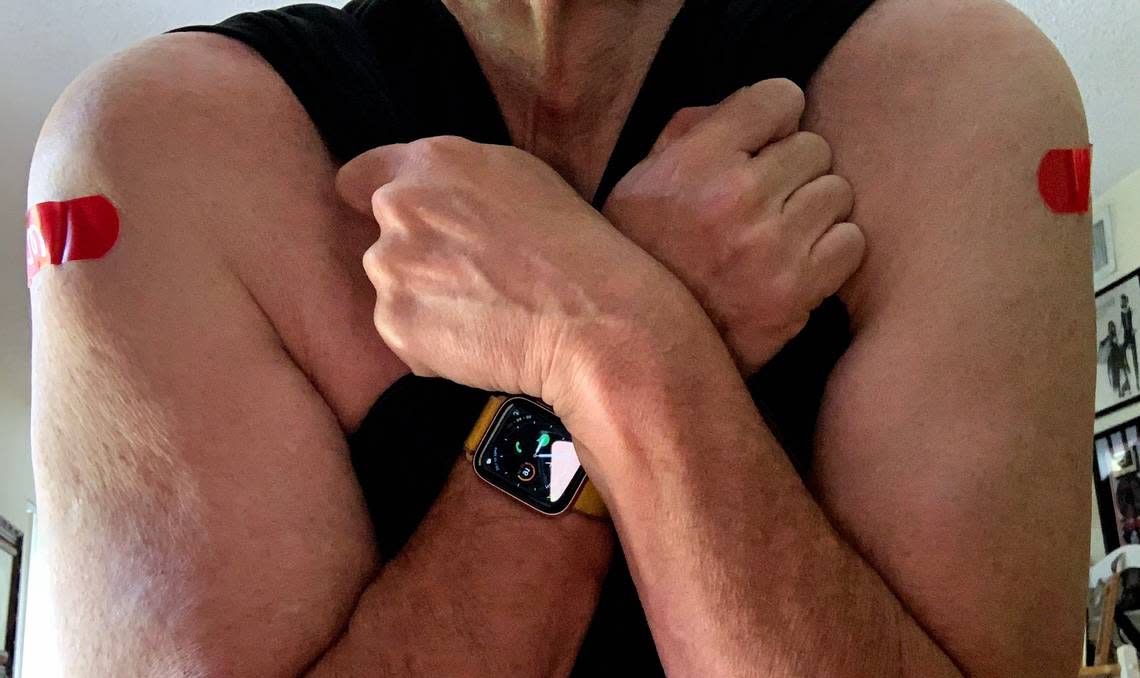
September marks the start of the 2022 flu season and the updated boosters were released after Labor Day. Can you save time and get them together?
The Centers for Disease Control and Prevention says yes, you can get your COVID and flu shots at the same time. You can also get them both in the same arm or opt to get one in each.
READ MORE: Can you get a flu shot and COVID booster during the same visit? Here’s what to know
Can I get the COVID booster and monkeypox vaccine together?
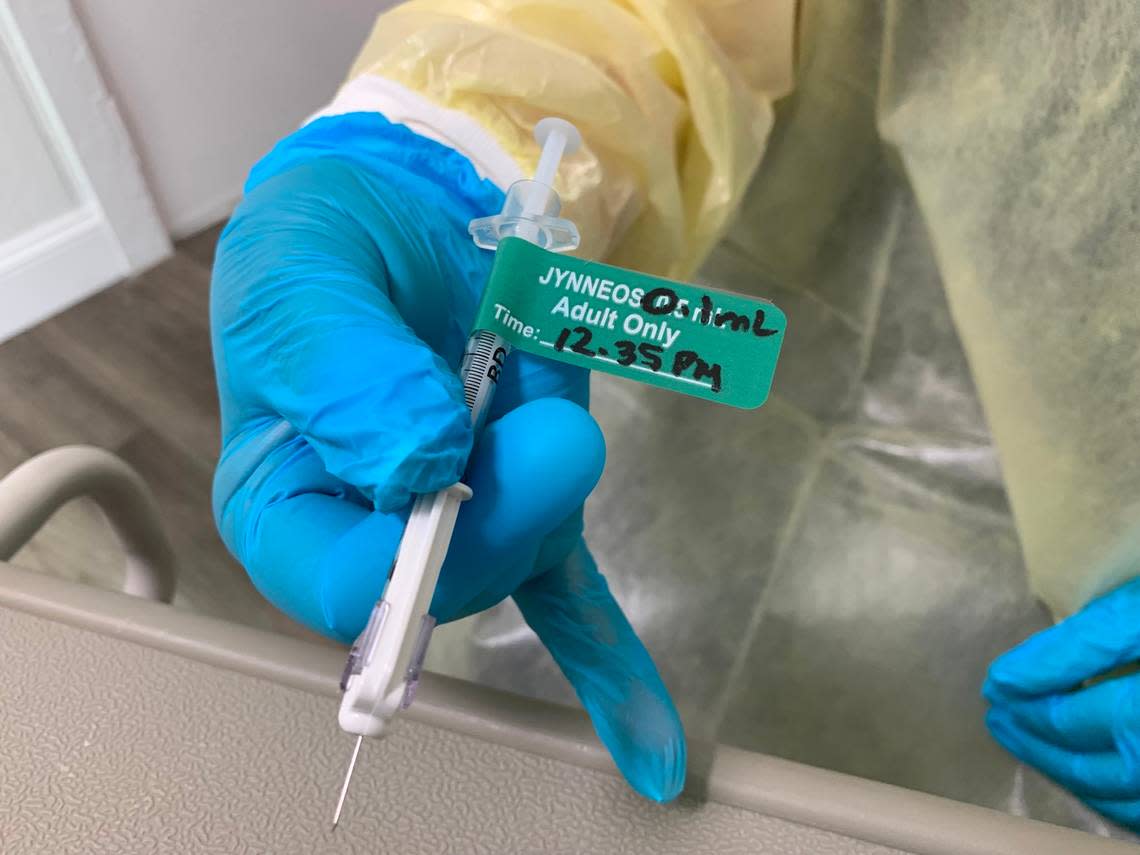
The American Medical Association suggests caution in getting the COVID vaccine and monkeypox doses closer than a month together because of the risk of myocarditis, an inflammation of the heart muscle, that is more common in adolescents and young adult males. But the AMA’s warning is based on the two vaccines available for monkeypox: ACAM2000 and JYNNEOS.
ACAM2000 is an older vaccine that was designed to prevent smallpox but can also be used to prevent monkeypox, which is in the same virus family. However, this vaccine tends to cause more side effects and cannot be given to people who are immunocompromised or have certain health conditions. Its also been linked to myocarditis, according to the AMA.
READ NEXT: Monkeypox has been declared a global emergency. Should you get a vaccine? And which one?
The risk of myocarditis for JYNNEOS, the preferred monkeypox vaccine, is not known. Florida has been offering JYNNEOS.
“If you’ve already received a COVID vaccine dose and you’re now at risk of monkeypox due to exposure, no need to wait. Go ahead and get the monkeypox vaccine dose as soon as you can,” Dr. Sandra Fryhofer, chair of the AMA Board of Trustees, said in a recent AMA update.
If you are uncertain, check with your healthcare provider.
READ NEXT: Updates on monkeypox: Where to get vaccines, how it spreads, ways to reduce risk
Can you mix and match?
If you are just starting out and getting your first COVID vaccination, then the CDC suggests you stick with the same manufacturer for the required second dose four weeks later if you took Pfizer or Moderna. But if you’ve already received either the one dose Johnson & Johnson or two dose mRNA Pfizer or Moderna series, you can swap for another manufacturer for the modified booster, the FDA said.
What if I got COVID this summer?
If you got COVID this summer, you can and should still get the new bivalent boosters. But you should wait until you’ve recovered and 90 days have passed, the CDC suggests.
But if you have a personal risk of severe disease from contracting COVID, or your local COVID-19 community level is high, that could be a reason to get the new bivalent booster sooner, at the two-month mark.
How can I tell what the community spread is in my county?
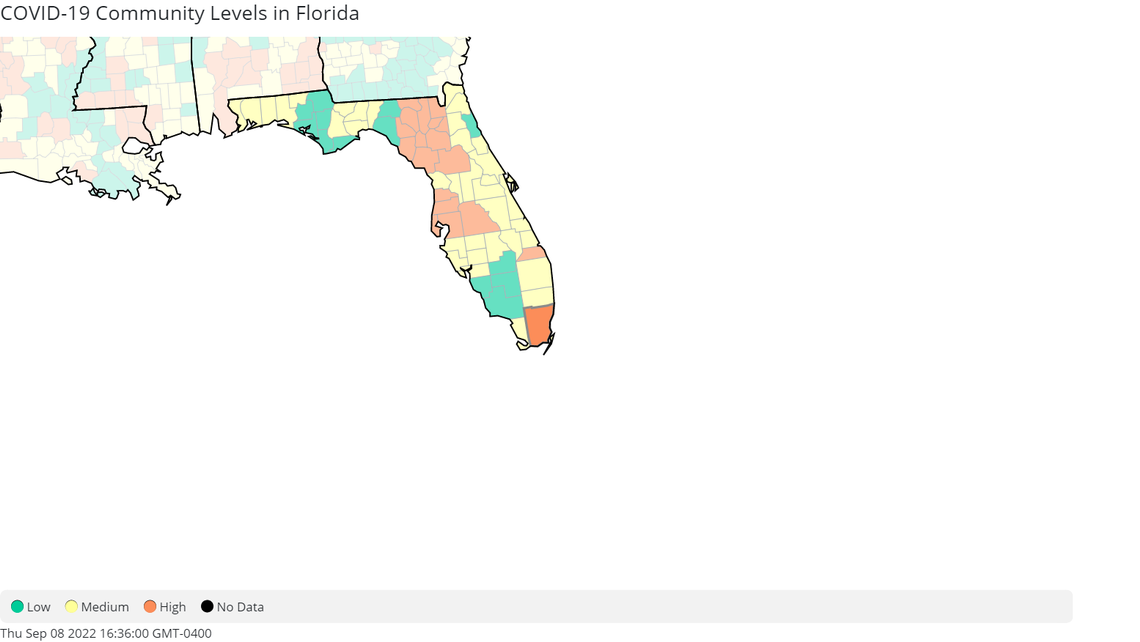
Determining the level of community spread where you live could help you decide on the urgency of getting the new booster now.
The CDC maintains a tracker and you can input your community to learn its current designation — high, medium or low — by visiting the CDC website’s COVID Data Tracker at https://covid.cdc.gov/covid-data-tracker/#datatracker-home.
